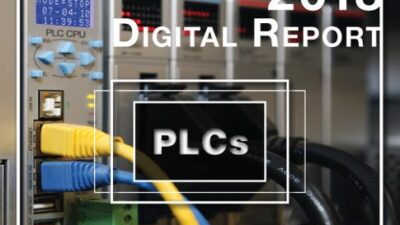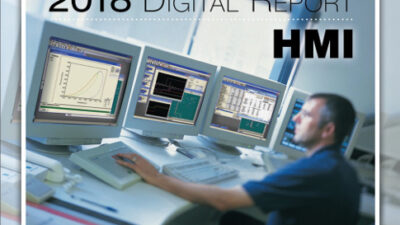Research was undertaken to gain a better understanding of Control Engineering subscribers’ applications and needs regarding stand-alone loop controllers.
Research was undertaken to gain a better understanding of Control Engineering subscribers’ applications and needs regarding stand-alone loop controllers.
Executive Summary• Among those who specify, recommend, or buy stand-alone loop controllers, 80% do so for in-plant requirements, while 43% do this for OEM needs.• 42% of respondents use continuous processing only as their primary process type application for loop controllers. A little over one third of respondents use both continuous and batch processing.• Most respondents do not predominantly use stand-alone loop controllers to run control loops; 51% of respondents are using stand-alone loop controllers on less than 20% of their applications• When asked to provide the number of analog I/O channels required for their stand-alone loop controllers, the majority of respondents require 1 or 2 Input channels for electronic single-loop and pneumatic loop controllers. The number of Input channels required varies more for PC-based and electronic multi-loop controllers. Similar to the number of analog inputs, electronic single-loop and pneumatic loop controllers require the fewest number of I/O channels for analog outputs. PC-based and electronic multi-loop controllers generally require more I/O channels.• When asked about the number of discrete I/O channels required, on average, the number of Input channels required is higher for PC-based controllers, followed by electronic multi-loop controllers. On average, electronic single-loop controllers require the fewest Input channels. Mirroring the results for the number of discrete inputs, the number of Output channels required is higher for PCbased controllers, followed by electronic multi-loop controllers. On average, electronic single-loop controllers require the fewest Output channels.• Currently, 4-20 m/A is the most widely used means of communication used with controllers. Ethernet protocols are used by 60% of respondents.• Honeywell is the most purchased stand-alone loop controller over the last 12 months followed by ABB Instrumentation, Rockwell Automation, and Red Lion Controls. Six additional vendors fall within the next three percentage points. Fifteen percent of control engineers’ need for stand-alone loop controllers will grow over the next year. However, 30% are expecting a decrease.• PID capability is the most important characteristic when selecting a stand-alone loop controller. External communications capability was the next most important characteristic.• 91% of respondents are satisfied with the software they are using to program/configure their single loop controllers. Almost 40% of respondents did not know how often the stand-alone loop controllers being used are checked to see if they are running open or closed loop. Most respondents are programming and configuring their loop controllers on the device. Few are doing so remotely.
Loop Controller Product Research 2007



